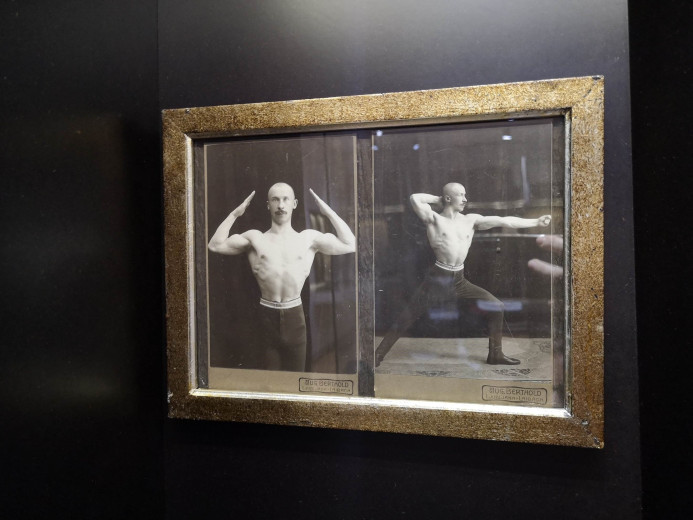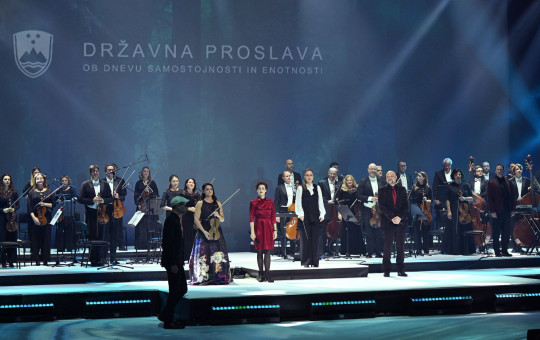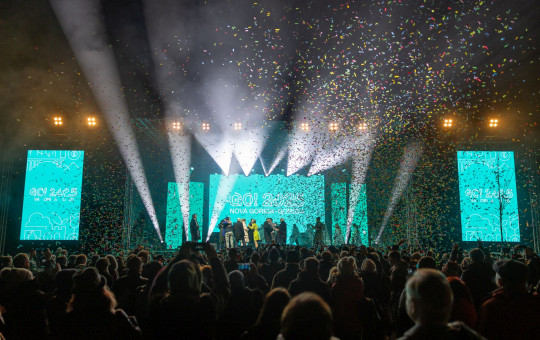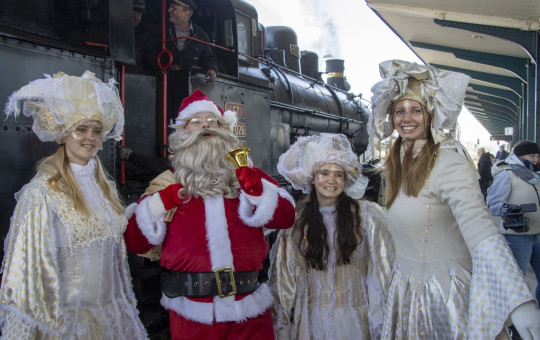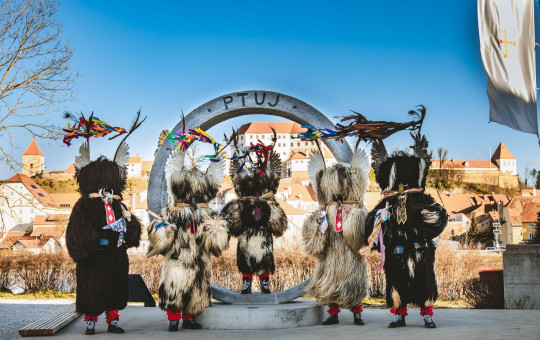Date: 12. August 2024
Time to read: 3 min
On the occasion of the 150th anniversary of the birth of Dr Viktor Murnik, the father of physical culture, the National Museum of Slovenia in cooperation with the Faculty of Sport is organising a temporary exhibition entitled Dr Viktor Murnik. I am Slovenian and who is more?! It will be on display at the National Museum of Slovenia - Metelkova from 24 October 2024 to 5 May 2025.
Who was Viktor Murnik? Dr. Viktor Murnik (1874 - 1964)
Murnik was a Slovenian gymnast, coach, lawyer and publicist who made a significant contribution to the development of Slovenian physical culture. He founded his own gymnastics team while still in grammar school and performed with it twice in public. Born into a wealthy family, he did his military service after graduating from high school and then studied law in Graz, where he received his doctorate in 1898. He worked as a lawyer at the Chamber of Commerce and Crafts, where he was chief secretary and initiated the founding of the Academy of Commerce and the Ljubljana Fair.
In 1896, he became secretary of the Ljubljana Sokol Gymnastics Association and founded the first men's and women's exercise choirs. In 1904, he took the Slovenian gymnastics team to an international competition for the first time, and in 1907 he incorporated the Ljubljana Sokol into the International Gymnastics Federation.
In 1922, he organised the first World Gymnastics Championships in Ljubljana. The best Slovenian gymnasts such as Leon Štukelj, Peter Šumi and Josip Primožič trained under his leadership. For good reason, he is considered the father of Slovenian physical culture.
-
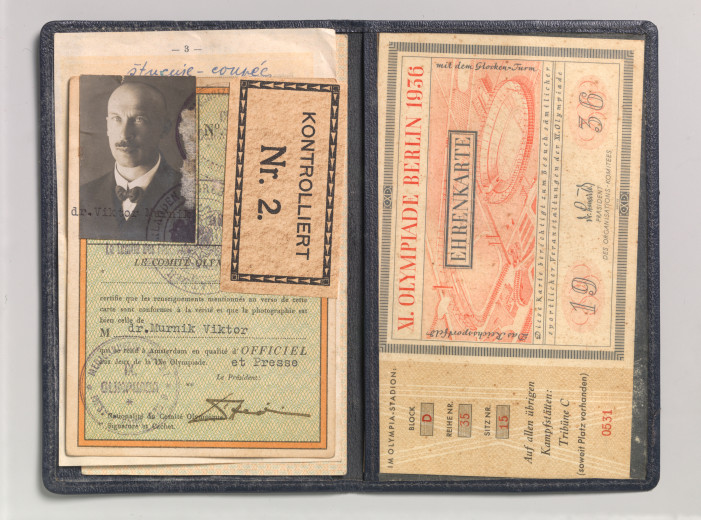 Honorary ticket and pass for the 1936 Olympic Games Berlin. Photo: Tomaž Lauko, National Museum of Slovenia
Honorary ticket and pass for the 1936 Olympic Games Berlin. Photo: Tomaž Lauko, National Museum of Slovenia
-
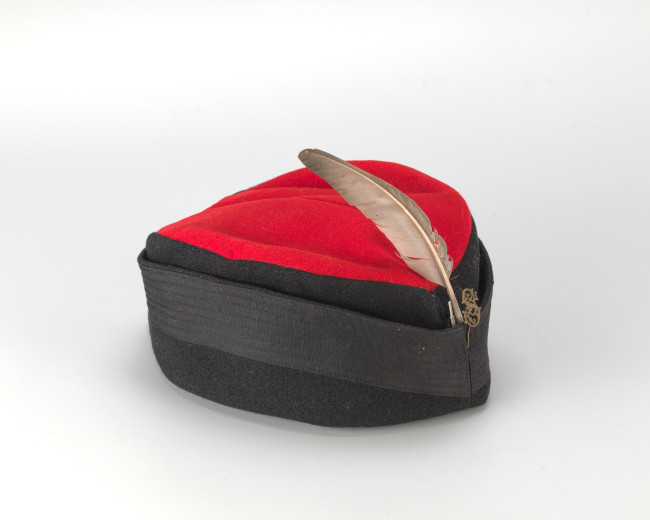 In 1896, Dr Murnik became secretary of the Ljubljana Sokol Gymnastics Association and founded the first men's and women's training choirs. Photo: Tomaž Lauko, National Museum of Slovenia
In 1896, Dr Murnik became secretary of the Ljubljana Sokol Gymnastics Association and founded the first men's and women's training choirs. Photo: Tomaž Lauko, National Museum of Slovenia
-
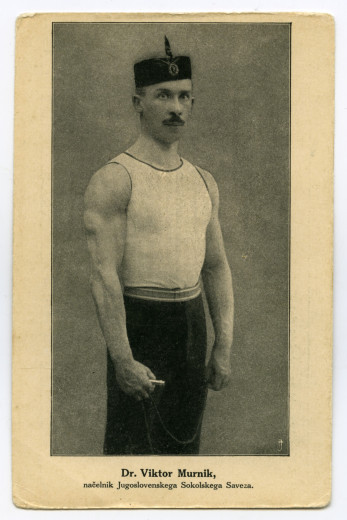 The best Slovenian gymnasts such as Leon Štukelj, Peter Šumi and Josip Primožič trained under his guidance. For good reason, he is considered the father of Slovenian physical culture. Photo: Tomaž Lauko, National Museum of Slovenia
The best Slovenian gymnasts such as Leon Štukelj, Peter Šumi and Josip Primožič trained under his guidance. For good reason, he is considered the father of Slovenian physical culture. Photo: Tomaž Lauko, National Museum of Slovenia
-
 One of the most interesting items that will surely attract visitors to the exhibition is Murnik's leather suitcase, which contains around 70 badges and insignia from various Sokol rallies: from Slovenia, Croatia and the Czech Republic. Photo: Nataša Nemeček, National Museum of Slovenia
One of the most interesting items that will surely attract visitors to the exhibition is Murnik's leather suitcase, which contains around 70 badges and insignia from various Sokol rallies: from Slovenia, Croatia and the Czech Republic. Photo: Nataša Nemeček, National Museum of Slovenia
-
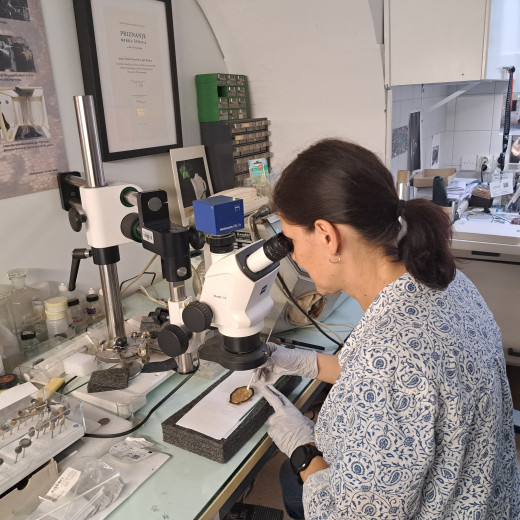 Many metals or metal alloys are represented in Murnik's collection of signs and badges, such as copper, brass (an alloy of copper and zinc), silver-plated copper, and gold-plated and silver-plated brass. Naturalistic X-ray fluorescence spectrometry (XRF) is likely to reveal other metal alloys with the appearance of silver that began to appear in the 19th century, such as the tin alloy, Britannia, the new silver. Photo: Archive NMS
Many metals or metal alloys are represented in Murnik's collection of signs and badges, such as copper, brass (an alloy of copper and zinc), silver-plated copper, and gold-plated and silver-plated brass. Naturalistic X-ray fluorescence spectrometry (XRF) is likely to reveal other metal alloys with the appearance of silver that began to appear in the 19th century, such as the tin alloy, Britannia, the new silver. Photo: Archive NMS
The Slovenian-French sports story began with Murnik
After the successful World Championships in Ljubljana in 1922, where the French were also present, Dr Murnik, having established excellent international links after the FIG Congress in 1923, convinced the leadership of the Sokol of the Kingdom of SHS at the General Assembly in January 1924 that the gymnasts should go to the Olympic Games in Paris.
The proposal was accepted and the gymnasts went to the Games, where Leon Štukelj won two gold medals. Among Murnik's many decorations is the French national decoration, the Legion of Honour, which he received in 1931. France awards this decoration to its citizens and foreigners alike.
National Museum of Slovenia with sports collections of Olympians
The National Museum of Slovenia holds, among other things, the sports collection of Boris Gregorka, a successful gymnast of the Ljubljana Falcon who trained under Dr Murnik. In 1928, he was a member of the Yugoslav gymnastics team that won an Olympic bronze medal, and he also competed at the 1936 Olympics in Berlin.
His greatest successes came as a coach of Miroslav Cerar. In 2022, Cerar's sports collection was inventoried.
The extensive archive and collection of numerous sports and personal items will probably be formally taken over this year. Around 2,500 items are involved. The museum also holds the sports collection of Rudolf Cvetek, and in 2006 the first exhibition on Cvetek, The First Olympic Medal, was held;

